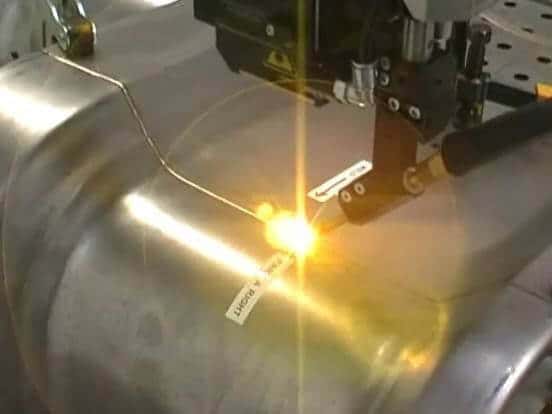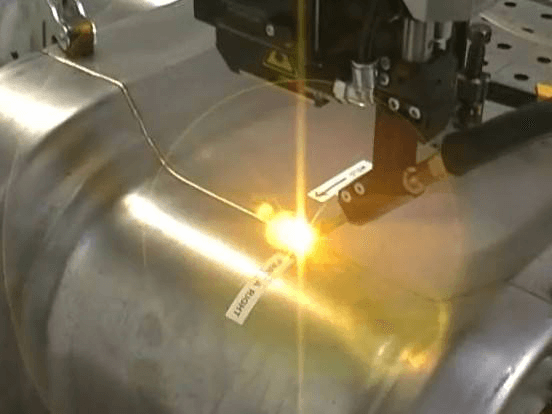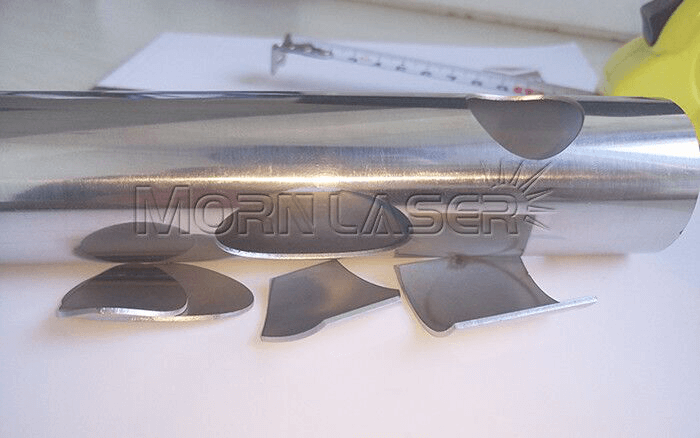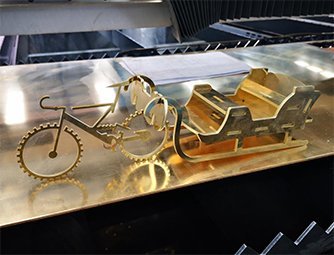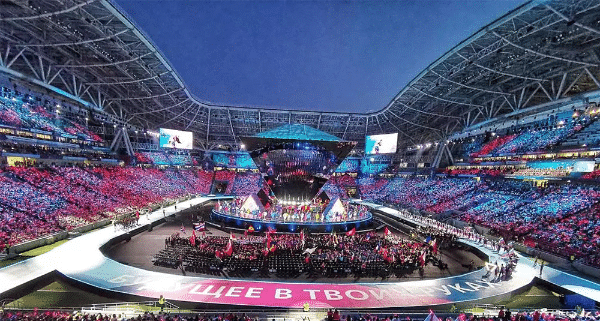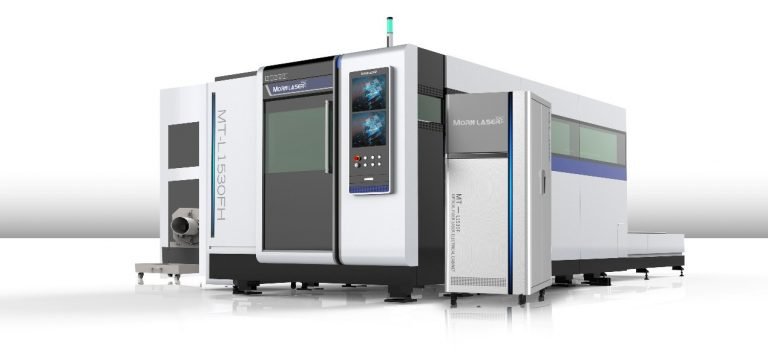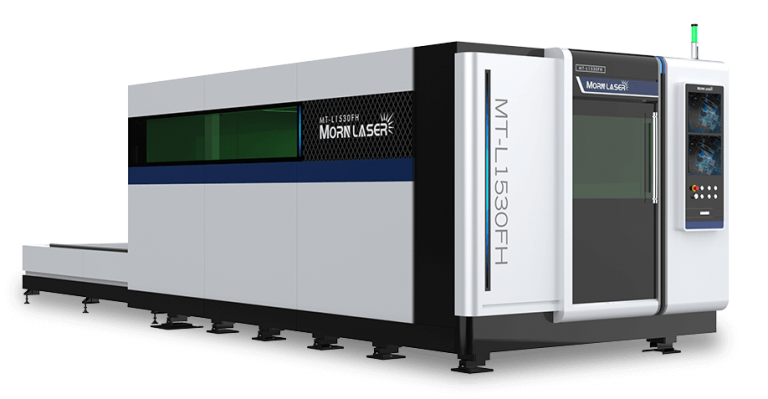Table of Contents
Main technological parameters of laser deep penetration welding
I.laser power.
There is a threshold value of laser energy density in laser welding. Below this value, the penetration depth is very shallow. Once it reaches or exceeds this value, the penetration depth will be greatly improved. Only when the laser power density on the workpiece exceeds the threshold (related to the material), plasma will be generated, which indicates the stable deep penetration welding. If the laser power is lower than this threshold, the workpiece will only melt on the surface, that is, the welding will be conducted in a stable heat conduction mode. However, when the laser power density is near the critical condition of pinhole formation, deep penetration welding and conduction welding alternate, which becomes an unstable welding process, resulting in great fluctuation of penetration depth. In laser deep penetration welding, laser power controls penetration depth and welding speed at the same time. The penetration depth of welding is directly related to the beam power density, and is a function of the incident beam power and the beam focal spot. Generally speaking, for a laser beam with a certain diameter, the penetration depth increases with the increase of beam power.
II.Beam focal spot.
Beam spot size is one of the most important variables in laser welding because it determines the power density. But for high-power laser, its measurement is a difficult problem, although there are many indirect measurement technologies.
The diffraction limit spot size of the beam focus can be calculated according to the light diffraction theory, but the actual spot size is larger than the calculated value due to the aberration of the focusing lens. The simplest measurement method is equal temperature profile method, which measures the focal spot and perforation diameter after burning and penetrating polypropylene sheet with thick paper. In this method, we should master the laser power and the action time of the beam through measurement practice.
III.Material absorption value.
The laser absorption of materials depends on some important properties of materials, such as absorption rate, reflectivity, thermal conductivity, melting temperature, evaporation temperature, etc. The most important one is absorption rate.
There are two factors that affect the absorptivity of laser beam: first, the resistivity of material. After measuring the absorptivity of polished surface of material, it is found that the absorptivity of material is proportional to the square root of resistivity, and the resistivity changes with temperature; Secondly, the surface state (or smoothness) of the material has an important influence on the beam absorptivity, which has an obvious effect on the welding effect.
Materials are a difficult problem. According to the above, stainless steel and nickel are the materials with high purity and general conductivity, and the weldability is the best. Materials with high conductivity, such as copper and aluminum, are not easy to weld. At present, it can be welded within 6 series aluminum (3 series, pure aluminum, etc.). Welding above 6 series aluminum is prone to cracks and pores. Copper welding generally depends on the use requirements, and can be welded with YAG pulse laser and fiber continuous laser. The welding of gold and silver is generally spot welding in jewelry industry, and there are some applications in industry, so we focus on industrial applications.
The output wavelength of CO2 laser is usually 10.6μm, and the absorption rate of non-metals such as ceramics, glass, rubber and plastic is very high at room temperature, while the absorption rate of metal materials is very poor at room temperature, and its absorption increases sharply until the materials are melted or even vaporized. It is very effective to improve the absorption of light beam by coating or forming oxide film on the surface.
Welding speed.
Welding speed has great influence on penetration depth. Increasing speed will make penetration depth shallow, but too low speed will lead to excessive melting of materials and welding penetration of workpieces. Therefore, there is a suitable welding speed range for a specific material with a certain laser power and a certain thickness, and the maximum penetration can be obtained at the corresponding speed value.
Protective gas.
Protective gas. In laser welding process, inert gas is often used to protect the molten pool. When some materials are welded without considering surface oxidation, protection can be ignored. However, in most applications, helium, argon, nitrogen and other gases are often used to protect the workpiece from oxidation during welding.
Helium is not easy to ionize (ionization energy is high), which allows laser to pass smoothly, and the beam energy reaches the workpiece surface unimpeded. This is the most effective protective gas used in laser welding, but it is expensive.
Argon is cheaper and has higher density, so it has better protection effect. However, it is easily ionized by high-temperature metal plasma, which results in shielding part of the beam from striking the workpiece, reducing the effective laser power for welding and damaging the welding speed and penetration. The surface of weldment protected by argon is smoother than that protected by helium.
Nitrogen is the cheapest protective gas, but it is not suitable for some types of stainless steel welding, mainly because of metallurgical problems, such as absorption, which sometimes produces pores in the lap zone.
The second function of using protective gas is to protect the focusing lens from metal vapor pollution and liquid droplet sputtering. Especially in high-power laser welding, it is more necessary to protect the lens because its ejecta becomes very powerful.

